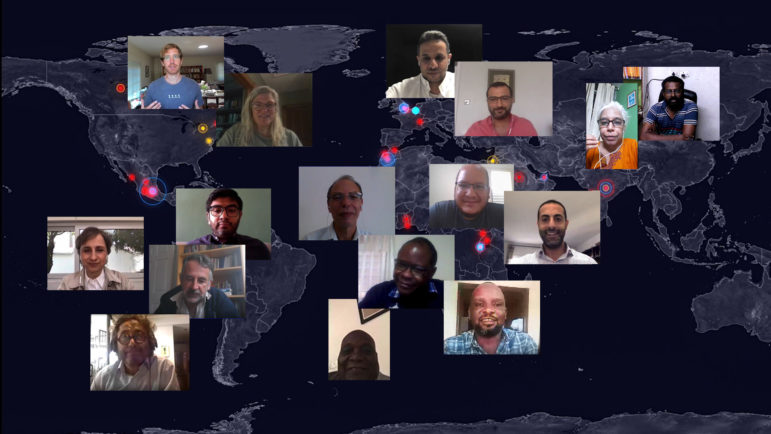
Case Studies News & Analysis
Editor’s Pick: 2021’s Best Investigative Stories in India
In 2021, as the mainstream Indian media continued to transform into the propaganda arm of the ruling party, intrepid digital platforms, mainly from the English-language press, have published some groundbreaking investigative stories and forced the rest of the legacy media to follow their lead.








